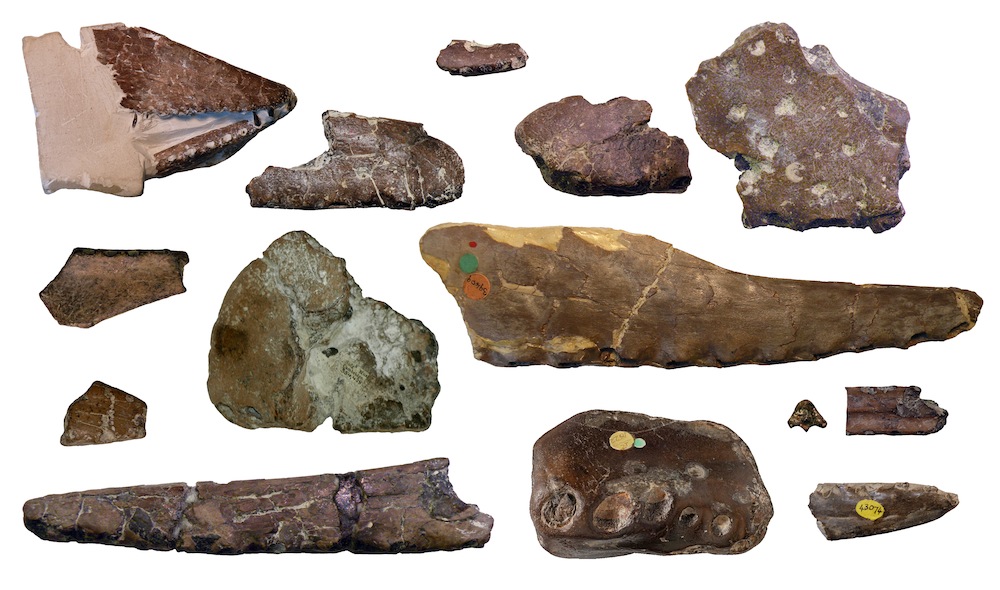English Flying Reptiles Had Brazilian Relatives

Flying reptiles that once winged around England 110 million years ago are closely related to their contemporaries found in Brazil and elsewhere around the world, new research finds.
The new study is the first comprehensive look at the dizzying array of pterosaur bone fragments found in England. These fossils, which date back to the Cretaceous period, are all fragmentary. Though they were first excavated more than a century ago, the fossils have been difficult to identify thanks to the lack of full bones.
Now, Taissa Rodrigues, a pterosaur researcher at the Federal University of Espirito Santo in Brazil, has built an English pterosaur family tree of sorts, sifting through the fossil fragments to identify 14 species with certainty.
These species show an amazing range of diversity, with teeth ranging from small to huge. Some had elaborate head crests and others had no decoration at all, Rodrigues told LiveScience. [Image Gallery: 25 Amazing Ancient Beasts]
"Some have very slender snouts, and others have very massive jaws, and so we are able to see they have different adaptations," she said. "These different adaptations probably mean the different species have different habits, most possibly feeding habits."
Pterosaurs are the flying reptiles known to the general public as pterodactyls, though pterodactyls represent just one group of pterosaurs.
England is home to one of the most important pterosaur fossils sites in the world, the Cambridge Greensand, a geological formation in the eastern part of the country. The fossils there have been buried, exposed and reburied, scrambling the geological record somewhat, Rodrigues said. The fossil record probably represents about 1,000 years or so of fossils, she said. Other pterosaur fossils in England are from a similar timeframe, on a geologic scale, anyway — the specimens Rodrigues studied are only a few million years apart in time.
Get the world’s most fascinating discoveries delivered straight to your inbox.
By meticulously comparing the features present on the fossil fragments, including head crests and teeth, Rodrigues and her colleagues concluded that of 30 proposed species, 14 could be confirmed and another 16 remain too fragmentary to correctly identify. The researchers published these findings in the journal ZooKeys.
The resulting pterosaur family tree revealed that the English species are closely related to Cretaceous pterosaurs found in Brazil and China. The linkage suggests that all of these species descended from a common ancestor not too long before these fossils were deposited, Rodrigues said.
"We don't know the origin [of the ancestor], but we do know that about this time, 110 million years ago, they were already widespread in the world," Rodrigues said of the pterosaurs. She now plans to launch an equally ambitious cataloguing of Brazlian pterosaurs.
Follow Stephanie Pappas on Twitter and Google+. Follow us @livescience, Facebook & Google+. Original article on LiveScience.com.

Stephanie Pappas is a contributing writer for Live Science, covering topics ranging from geoscience to archaeology to the human brain and behavior. She was previously a senior writer for Live Science but is now a freelancer based in Denver, Colorado, and regularly contributes to Scientific American and The Monitor, the monthly magazine of the American Psychological Association. Stephanie received a bachelor's degree in psychology from the University of South Carolina and a graduate certificate in science communication from the University of California, Santa Cruz.


